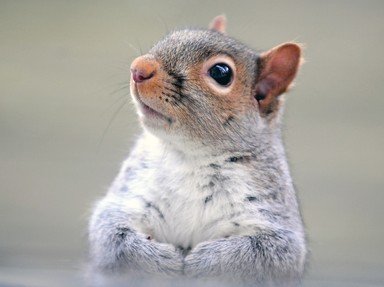Quiz Answer Key and Fun Facts
1. Rodents are a widely diverse order of mammals, containing approximately what percentage of all mammal species?
2. In which mammal is the female of the species generally as big as, or bigger than, the male?
3. Animal behaviorists note three main reasons why squirrels chase each other. What is NOT one of them?
4. Read carefully. Which statement concerning Australian mammals is FALSE?
5. Can you pick the pair of rodents?
6. What is the difference between a vole and a mole?
7. Why grandma rat, what big front teeth you have. What is true about those biters?
8. A 1958 Walt Disney produced nature film documentary apparently shows a pack of lemmings running toward a cliff, jumping off, and drowning in the sea. Do lemmings really jump off cliffs and commit mass suicide by drowning?
9. What is true concerning the kangaroo rat of North America?
10. What is a Patagonian mara?
Source: Author
Nealzineatser
This quiz was reviewed by FunTrivia editor
rossian before going online.
Any errors found in FunTrivia content are routinely corrected through our feedback system.
